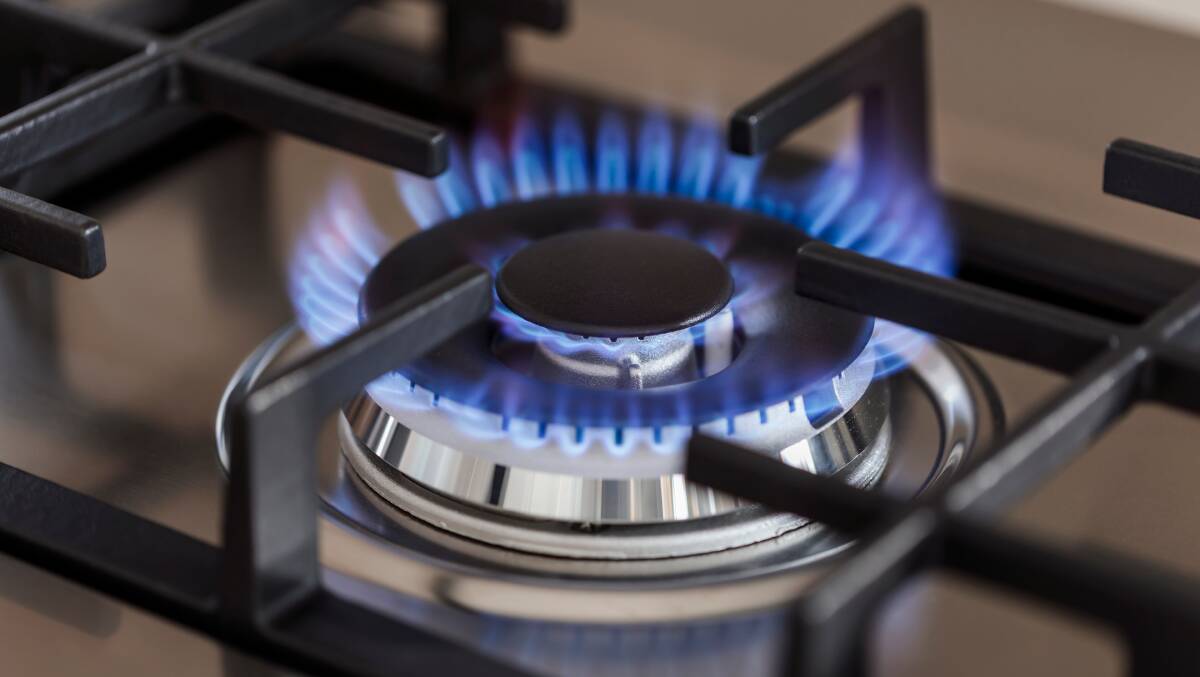Where there's smoke, there's fire, or so the metaphor goes. But when it comes to wok cooking, now, there's no shortage of smoke with a distinct absence of flame. The reason? The rise of induction cooking.
Subscribe now for unlimited access.
or signup to continue reading
For many years, any serious or curious home cook had to have a gas burner to achieve the high heat needed to get their wok piping hot and primed to smoke.
This extreme application of heat is crucial to achieving what wok masters refer to as "wok hei", or the breath of the wok.
However, it seems those days are numbered if the performance of the latest generation induction cooking hobs is anything to go by.
The speed and accuracy of this tech is blistering, and no one needs to raise a sweat to do it.
The electromagnetic energy which drives induction cooktops is 68 per cent more efficient than its gas equivalent.
More importantly, it is directed only to the area of the wok that is needed to imbue the smoky, complex Maillard reaction so prized by wok aficionados.
By way of science, that seems like magic; non-visible waves agitate the iron-based molecules in the wok, causing instantaneous friction and heat.
But this fast, controllable heat is actually the key to developing those deep and complex flavours without all the nasty toxins that a gas hob generates.
In its purest form, the idea of wok hei is a reality thanks to the reaction happening only in the wok and nowhere else.
There can be a sense of something being lost by replacing the flame, but in reality the historical association with fire and woks dates back well before gas cooking to a time when solid fuels were used and the smoke was generated from wood.
Cooking over a gas wok is a relatively new technique in the story of woks and was mainly developed to increase the heat available and not for flavour.
Now that induction is accepted as being more powerful than any equivalent gas burner, we're entering a new realm for cooking.
Put simply, for the first time, cooks can access both extreme heat and precise control.
The possibilities this opens up are endless.
One little known aspect of cooking with gas burners are the negative health effects from indoor pollution, and wok cookery is no exception.
The flame required to get the surface of the wok hot enough involves very high levels of gas of which 70 per cent is lost to the surrounding environment.
Studies from universities like Stanford have shown this to be problematic, because gas stoves emit toxic chemicals like methane, carbon monoxide and benzene.
In contrast, with induction hobs, you get three times the power with zero emissions in the kitchen.
It's the combination of these two factors that make the technology unrivalled.
And, as more chefs realise the advantages of cooking with induction, the technology and techniques used by high-class chefs will only get better and better.

Walking into a busy restaurant with woks alight and aromas wafting through the air can make for a nostalgic experience, but it's not quite as romantic for those working the stations night after night.
Hours of clanging metal, noisy burners that run hotter than 500 degrees centigrade and 50 decibels generate an uncomfortable and taxing environment.
Up until recently, this was the accepted life of a wok cook.
This is part of the reason engineers in China have spent the best part of a decade refining a purpose-built commercial induction wok that arrived on the scene to much fanfare.
Its power needs to be seen to be believed.
From cold to 400 degrees in five seconds means the heat required to cook commercially and develop the wok hei is more than adequate.
Throw in the fact there are zero emissions or noise besides the gentle tick of the wok spoon and rim touching the metal means that we now have a cleaner and safer way to stir-fry without any loss of power or quality.
Chefs like Victor Liong, Louis Tikaram and Martin Boetz are full of praise for the technology and plan to switch over soon.
No more warped woks, missed orders due to deafening burners or sweaty chefs struggling in kitchens hotter than the Sahara.
It's only a matter of time before gas-fired woks are a thing of the past - like beta videos and music cassettes.
The future has arrived and is well within reach.
There are many ways to get your woks on, from small two-kilowatt portable units to five-kilowatt wok stations.
It's time to fire up for a safer, cleaner experience that will have all budding wok masters cooking without gas.
- Luke Burgess is a chef, electric cooking expert and chef ambassador for the Global Cooksafe Coalition.

